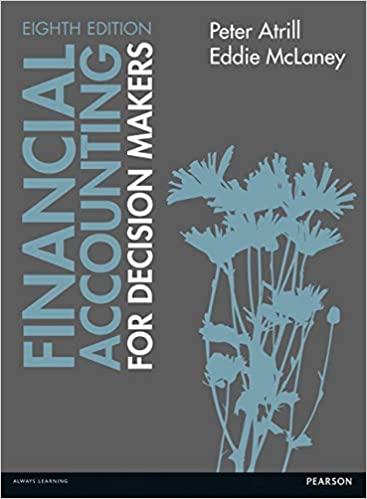ill give a up

The report should be typed (no more than 4 pages, including the graphs) and should include 1. Problem statement with equations (25%) 2. Description of the algorithm used ( 25%) 3. Plots of isochrones of W and Plot of U(T) (25\%) 4. Brief discussion about the comparison between the numerical and analytical solutions ( 25%) 5. Appendix: listing of the matlab code not part of the 4 pages limit. The code should also be uploaded on the Canvas site. Grading - Notes The code in Appendix will not be evaluated for grading; however, it must be included for completeness. (It will be examined only in case there is an issue with the algorithm.) The description of the algorithm should be self-contained, without references to the Appendix. Project Description In reference to Chapter 17 of the textbook "Soil Mechanics" by A. Verruijt, calculate using an explicit finite difference algorithm the dimensionless excess pore pressure W(Z,T) and the degree of consolidation U(T). The problem is governed by the following set of equations: Diffusion equation: TW=Z22W Initial conditions: W=1,0Z1,T=0 Boundary conditions: W=0,Z=1,T>0 and a=0,Z=0,T>0 Use Z=1/20 and T=Z2 with =1/4. Plot the isochrones of W for T=0.1,0.2,0.5,1, and 2 calculated numerically and compare to the analytical solution given by equation (16.11). The plot should be similar to Fig. 16.2 of the textbook. Plot the function U(T) computed numerically by integrating W and compare to the analytical solution given by equation (16.19) as well as with the small time response (square root of time). The plot should be similar to Fig. 16.3 of the textbook. The report should be typed (no more than 4 pages, including the graphs) and should include 1. Problem statement with equations (25%) 2. Description of the algorithm used ( 25%) 3. Plots of isochrones of W and Plot of U(T) (25\%) 4. Brief discussion about the comparison between the numerical and analytical solutions ( 25%) 5. Appendix: listing of the matlab code not part of the 4 pages limit. The code should also be uploaded on the Canvas site. Grading - Notes The code in Appendix will not be evaluated for grading; however, it must be included for completeness. (It will be examined only in case there is an issue with the algorithm.) The description of the algorithm should be self-contained, without references to the Appendix. Project Description In reference to Chapter 17 of the textbook "Soil Mechanics" by A. Verruijt, calculate using an explicit finite difference algorithm the dimensionless excess pore pressure W(Z,T) and the degree of consolidation U(T). The problem is governed by the following set of equations: Diffusion equation: TW=Z22W Initial conditions: W=1,0Z1,T=0 Boundary conditions: W=0,Z=1,T>0 and a=0,Z=0,T>0 Use Z=1/20 and T=Z2 with =1/4. Plot the isochrones of W for T=0.1,0.2,0.5,1, and 2 calculated numerically and compare to the analytical solution given by equation (16.11). The plot should be similar to Fig. 16.2 of the textbook. Plot the function U(T) computed numerically by integrating W and compare to the analytical solution given by equation (16.19) as well as with the small time response (square root of time). The plot should be similar to Fig. 16.3 of the textbook








